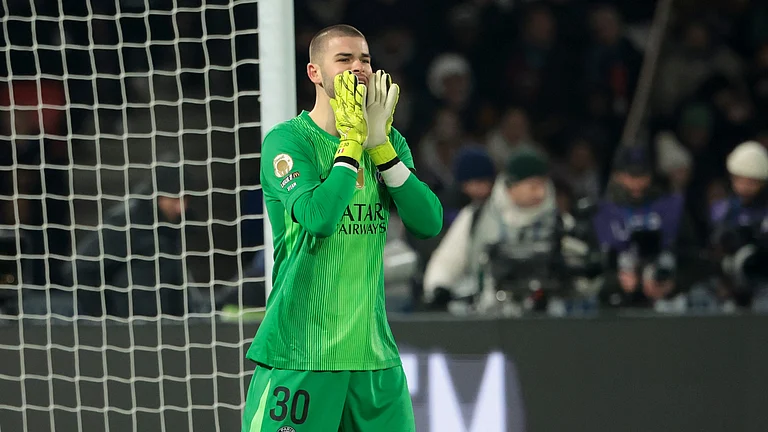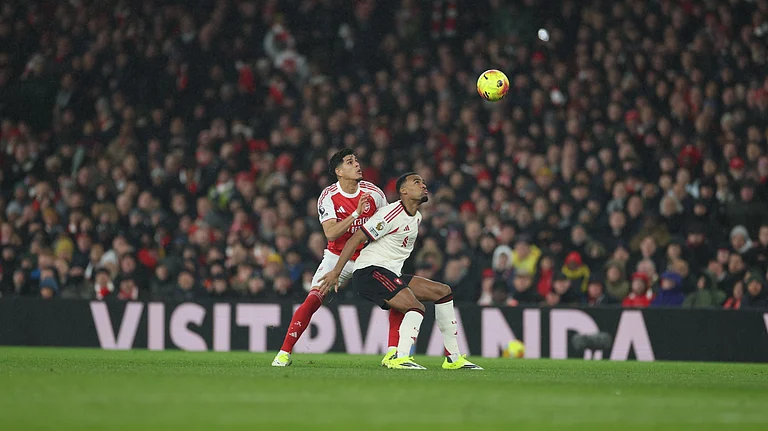On January 30, more than two years since it had appointed the three-member committee headed by former Chief Justice of India R.M. Lodha, the Supreme Court of India passed what would likely be its final order on the reformation of cricket and the Board of Control for Cricket in India (BCCI). Six months after its historic verdict on July 18, 2016, in which it had accepted most of the Lodha Committee’s recommendations, the court appointed a four-member panel of administrators, headed by former Comptroller and Auditor General of India Vinod Rai. The other members are former Indian women’s cricket captain Diana Edulji, historian Ramchandra Guha and IDFC MD and CEO Vikram Limaye. By appointing this panel, the court brought closure to the matter and likely put an end to any further requests for review or curative petitions against the July 18 verdict. With this appointment, the transition to cricket’s reform will finally begin.
The court stayed true to its objectives and appointed a panel that represents what it aims to achieve by reforming cricket—good governance, accountability, players’ representation (inclusive of women’s cricket) and a voice of reason for the fans. Working primarily with BCCI employees led by its CEO, himself a relative newcomer to cricket administration and appointed by the erstwhile regime, the panel has a lot to do. The time is short, the pressures are many, and neither the panel nor the Supreme Court, one assumes, is expecting it to be easy. Moreover, it is not permanent—a fact that must be taken into account before assuming this is merely a new kind of status quo. The panel has its role cut out—ensure the implementation of the Lodha Committee’s recommendations and create a framework that allows arms-length systems of professionalism and governance models, paving the way for transparent and meaningful elections that usher in an era of accountability.
And yet uncertainty abounds. The BCCI and the state associations have vehemently opposed certain aspects of the Lodha Committee recommendations, deeming them unacceptable or impractical. Acceptability concerns have been dealt with by the court and will not be tolerated anymore. But what could be a concern is the ability to expeditiously implement the Lodha Committee reforms and ensure that measures are introduced to keep them in place effectively and not just optically present.
Another concern is how the Indian Premier League (IPL)—a major casualty of this conflict so far—will be managed. Decisions that impact the IPL, including the imminent broadcast rights tender for 2018-28, must be taken in the next few weeks.
The Lodha Committee roadmap is seen as a panacea for sportspersons, reformists and fans. Already, the Supreme Court has agreed to hear a petition made in a PIL by a group of 28 Olympians seeking the implementation of the Lodha Committee recommendations across sports, to reform the National Sports Federations. The respondents are the Sports Authority of India, the Indian Olympic Association and, interestingly, the Union of India. It is likely to be listed before the same bench—Justice Dipak Misra, Justice D.Y. Chandrachud, and Justice A.M. Khanwilkar—that passed the final order on January 30 announcing the panel of administrators.
The Supreme Court ruling on the Lodha Committee recommendations has its share of sceptics too, who feel a successful administration that has led Indian cricket to unprecedented heights has been unfairly and unceremoniously displaced and replaced for no defensible reason. This is what makes the entire upheaval a high-risk move, which, if it fails, could send sports reforms into a tailspin. And there is no certainty it will succeed.
Continuity in the BCCI has been a double-edged sword and, eventually, the cause of its downfall. However, to expect the panel of administrators to be able to acclimatise and pick up where the BCCI left would be unfair, given the sheer volume of urgently pending matters that will demand attention. An overhaul on this scale has never been attempted anywhere in the world, and its impact on all other sports will be determined by its success or failure in reforming cricket. Should it succeed and create an arms-length professional culture that operates as international sports leagues do, it could steer Indian sport away from historical futility and a feudalistic structure, placing it on par with the elite sports nations. The intent has been admirable; implementation and feasibility is what will really matter now.
(The writer is a sports lawyer and author of Not Out! The incredible story of the Indian Premier League.)






















